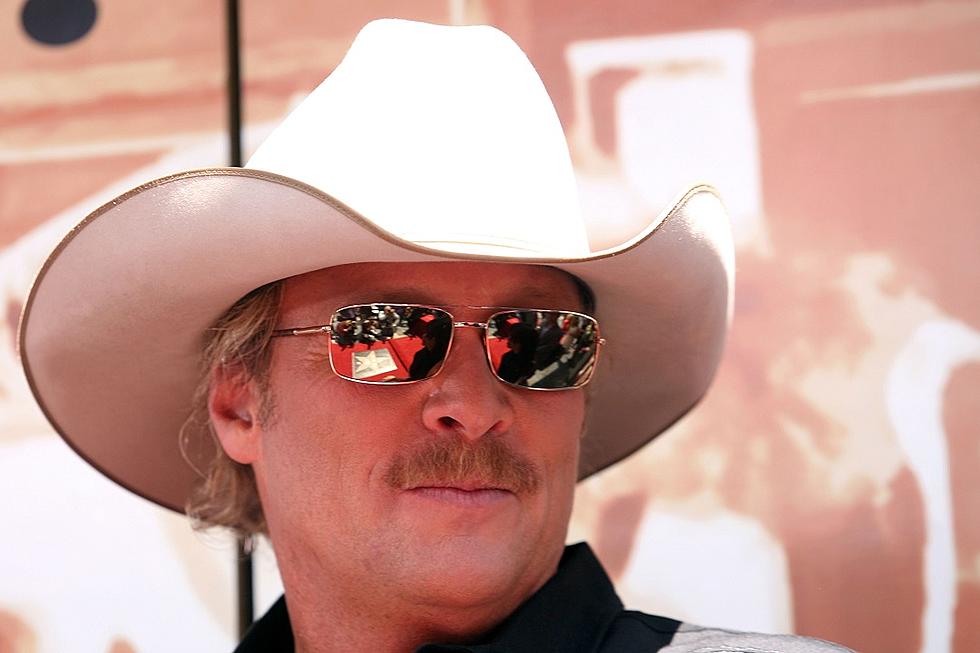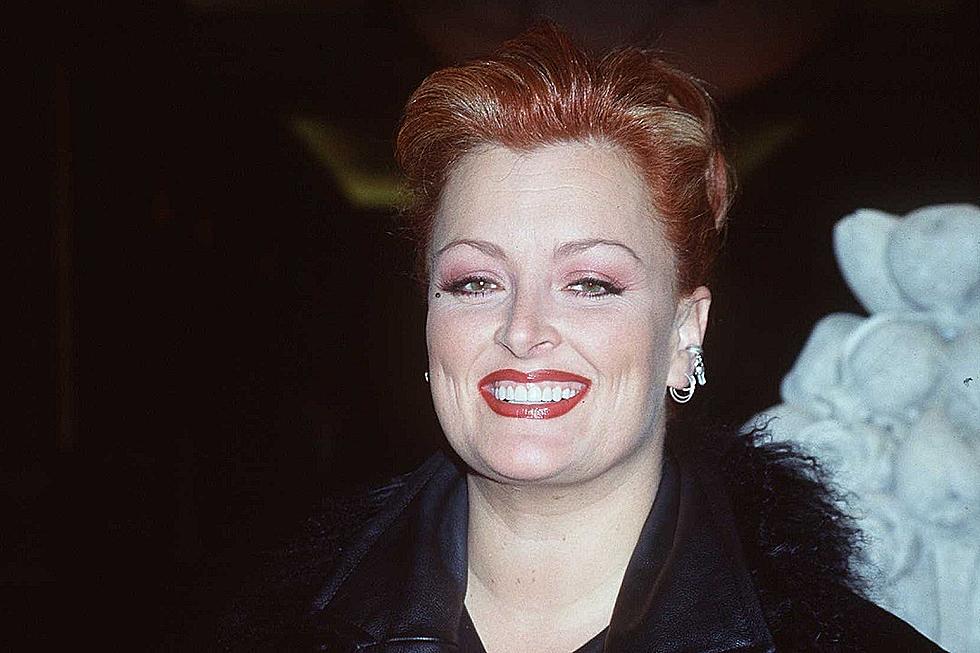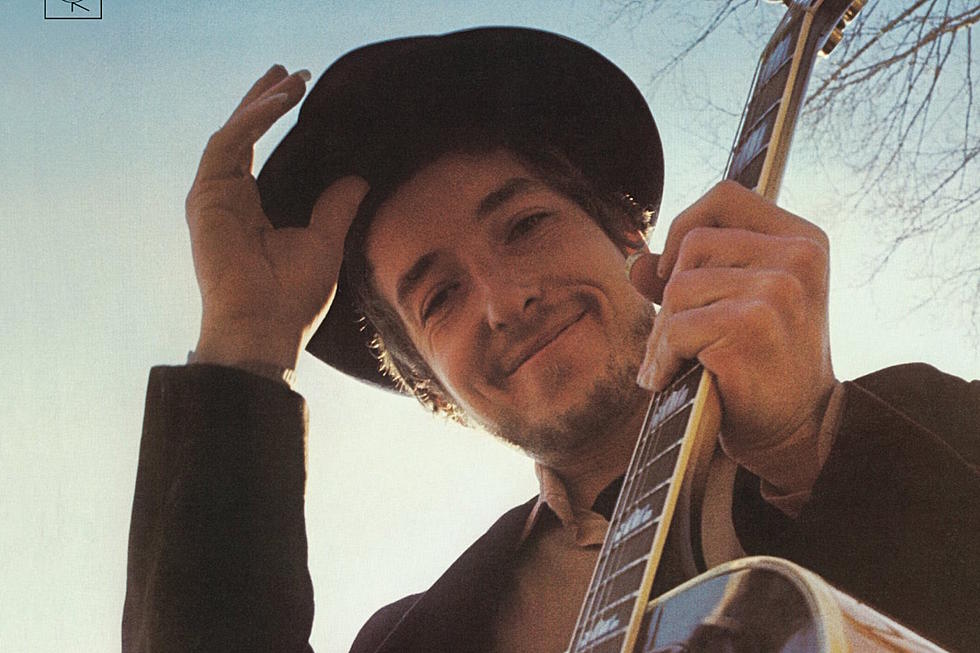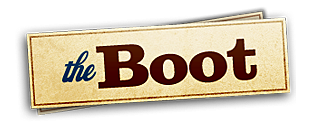
Johnny Cash’s Prison Concerts Highlighted in New Grammy Museum Exhibit — See Pictures!
Johnny Cash and famed music photographer Jim Marshall are being honored by the Grammy Museum with a brand-new exhibit. The Prison Concerts: Folsom and San Quentin (Jim Marshall’s Photographs of Johnny Cash) is on display until the end of February, but readers can see some of the shots in the exhibit in the photo gallery above.
When you think about Cash, chances are that one of the things that comes to mind is his iconic concerts at Folsom and San Quentin prisons. Beginning on Jan. 1, 1959, Cash performed a series of prison shows, including two that were recorded for release in 1968 and 1969. Cash invited Marshall to document the shows; while out on the road with the Man in Black, the photographer was able to capture a number of now well-known images, including one of Cash meeting inmate Glen Sherley, who penned the song "Greystone Chapel," which the singer played during his Folsom concert.
"There was no restriction. There was [no one] telling me, 'You can't do this, you can't do that, you can't go here, you can't do that,'" the late Marshall once shared. "That was it. I was there taking pictures. That's the magic."
Cash, who was arrested several times but never sentenced to prison, performed the his prison concerts out of the kindness of his heart and a feeling of compassion for those who had made bad choices as he once had. During his New Year's Day show at San Quentin, Merle Haggard, who was serving time for burglary, was in the audience; in fact, Haggard credits the concert with turning his life around.
"He had the right attitude," Haggard later recalled. "He chewed gum, looked arrogant and flipped the bird to the guards — he did everything the prisoners wanted to do. He was a mean mother from the South who was there because he loved us. When he walked away, everyone in that place had become a Johnny Cash fan.”
Johnny Cash at Folsom Prison was released in 1968, while Johnny Cash at San Quentin dropped in 1969. The former includes a live version of the song "Folsom Prison Blues" -- originally from Cash's debut album, With His Hot and Blue Guitar -- which became a No. 1 hit for Cash; the latter, meanwhile, features two versions of Cash's song "San Quentin," along with "Folsom Prison Blues" and "A Boy Named Sue."
The Man in Black did more than just perform at prisons, always for free, though: He tirelessly campaigned for the rights of prisoners. Cash became an outspoken advocate for those behind prison walls.
"He always identified with the underdog," says Cash's younger brother, Tommy Cash. "He identified with the prisoners because many of them had served their sentences and had been rehabilitated in some cases but were still kept there the rest of their lives. He felt a great empathy with those people."
The Prison Concerts: Folsom And San Quentin (Jim Marshall’s Photographs Of Johnny Cash) will be open at the Grammy Museum in Los Angeles, Calif., until Feb. 24. Readers can flip through the photo gallery above to see some of the images that are on display.
Unforgettable Johnny Cash Moments
More From TheBoot









